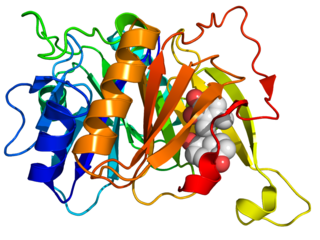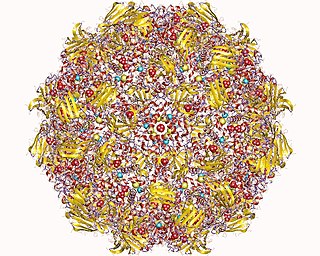| 2,6-dioxo-6-phenylhexa-3-enoate hydrolase | |||||||||
|---|---|---|---|---|---|---|---|---|---|
| Identifiers | |||||||||
| EC no. | 3.7.1.8 | ||||||||
| CAS no. | 102925-38-2 | ||||||||
| Databases | |||||||||
| IntEnz | IntEnz view | ||||||||
| BRENDA | BRENDA entry | ||||||||
| ExPASy | NiceZyme view | ||||||||
| KEGG | KEGG entry | ||||||||
| MetaCyc | metabolic pathway | ||||||||
| PRIAM | profile | ||||||||
| PDB structures | RCSB PDB PDBe PDBsum | ||||||||
| Gene Ontology | AmiGO / QuickGO | ||||||||
| |||||||||
In enzymology, a 2,6-dioxo-6-phenylhexa-3-enoate hydrolase (EC 3.7.1.8) is an enzyme that catalyzes the chemical reaction
- 2,6-dioxo-6-phenylhexa-3-enoate + H2O benzoate + 2-oxopent-4-enoate
Thus, the two substrates of this enzyme are 2,6-dioxo-6-phenylhexa-3-enoate and H2O, whereas its two products are benzoate and 2-oxopent-4-enoate.
This enzyme belongs to the family of hydrolases, specifically those acting on carbon-carbon bonds in ketonic substances. The systematic name of this enzyme class is 2,6-dioxo-6-phenylhexa-3-enoate benzoylhydrolase. This enzyme is also called HOHPDA hydrolase. This enzyme participates in biphenyl degradation and fluorene degradation.




